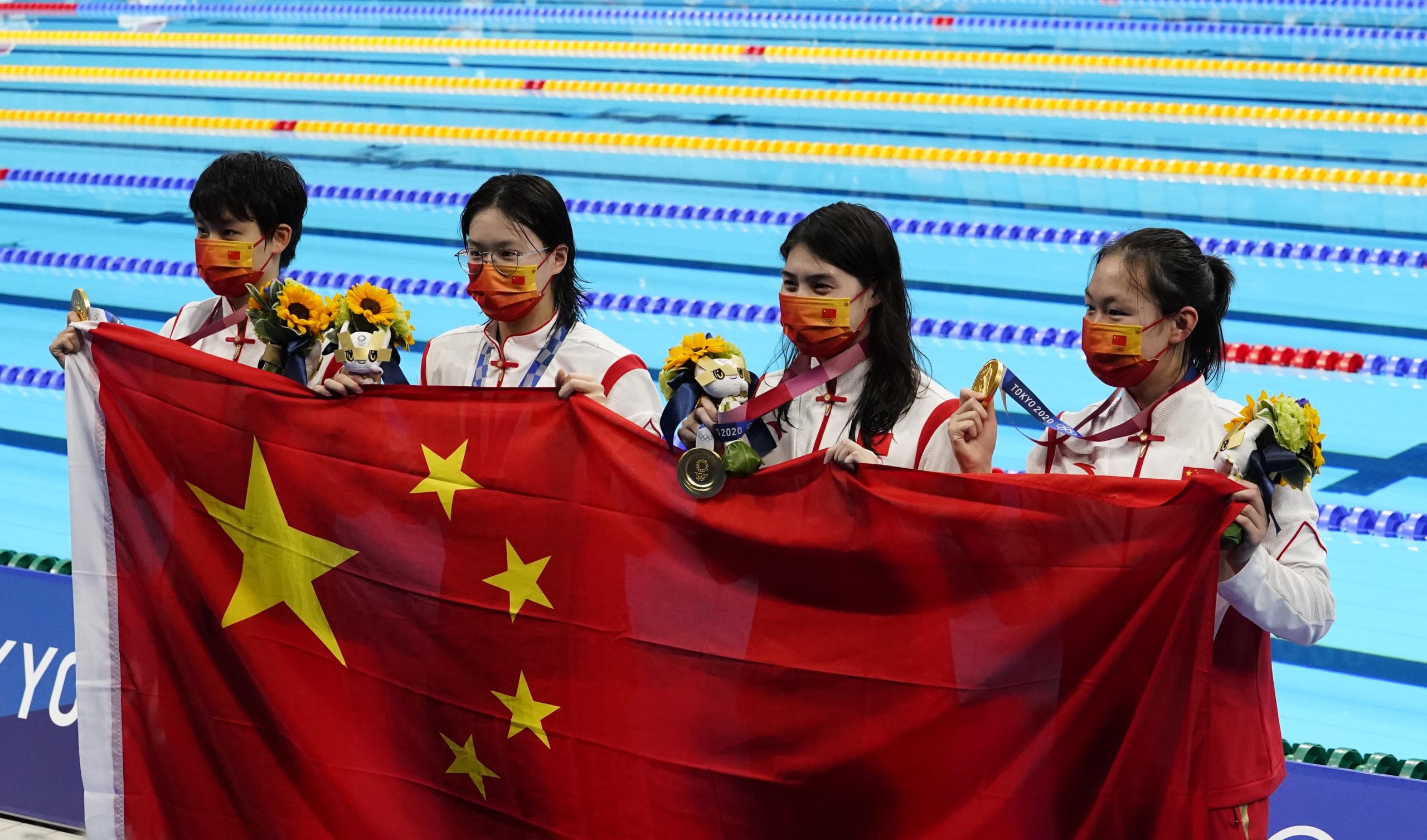When the CFP selection committee sat down to select the final four teams this year, three of the choices were obvious. Alabama, Clemson, and Notre Dame would be in the College Football Playoff. Alabama would be the top seed; Clemson would be No. 2. Notre Dame was the likely No. 3, though there was a slight chance that the Irish would slide down a spot. The one real question, which no one had an answer to, was “Who’s In” as the fourth team.
Oklahoma was certainly the easiest answer. The Sooners beat Texas by 15 points and were ranked No. 5 coming into the week. Georgia’s impressive showing against Alabama on Saturday raised questions, though. Some–most notable Kirk Herbstreit–began strongly pushing the narrative that Georgia deserves to be in as one of the “four best” teams. What would the committee choose? And how would they explain that decision? That’s what everyone waited for throughout Saturday night and Sunday morning.
Well, the committee went with Oklahoma. The Sooners got the No. 4 spot, ahead of the Georgia Bulldogs. Ohio State came in at No. 6.
The #CFBPlayoff top 6️⃣:
1️⃣. Alabama // @AlabamaFTBL // #RollTide
2️⃣. Clemson // @ClemsonFB // #AllIn
3️⃣. Notre Dame // @NDFootball // #GoIrish
4️⃣. Oklahoma // @OU_Football // #BoomerSooner
5️⃣. Georgia // @FootballUGA // #GoDawgs
6️⃣. Ohio State // @OhioStateFB // #GoBucks pic.twitter.com/mbzqBXnQl7— College Football Playoff (@CFBPlayoff) December 2, 2018
Honestly, Georgia coming in between the two one-loss conference champions makes little sense. Unless the selection committee felt, outright, that Oklahoma was a better team than Georgia, who was better than Ohio State, there is no principle at play here. The committee didn’t say that winning a conference (with just one loss) is better than a close second loss to Alabama. On the other hand, it said that that close loss wasn’t good enough to stay ahead of Oklahoma.
If we look at the resumes from last night, it’s hard to see why Ohio State lags behind. The Buckeyes have a better win (and it was a dominant one) than either Georgia or Oklahoma does. They also, without question, have a worse loss. On top of that, Ohio State really struggled in multiple games–in a way that Oklahoma did also, but for some reason the Sooners’ struggles (against teams like Oklahoma State and Texas Tech) received less attention than Ohio State’s.
Selection committee chair Rob Mullens did mention that the Oklahoma defense has made some big plays in the last few weeks (which is not an idea at all borne out by the stats) and that the Sooners avenged their only loss a factors that mattered. Rece Davis did ask Mullens how Georgia ended up between Oklahoma and Ohio State. He answered that no team was unequivocally better, so they leaned on the protocols’ tiebreakers (conference championships, strength of schedule, etc.), and that the final result was just the way it came out. It’s hard to understand that, though, because a conference championship clearly mattered more for Oklahoma than it did for Georgia.
This year, more than any other, should teach us that the committee isn’t really following any consistent or clear protocol. It’s voters judging teams based on the eye test, and using a glorified process to try and claim that isn’t so.
One final factor that should be mentioned. The selection committee protocols say that the top seed is supposed to be given geographic preference. Alabama is closer to Arlington (the Cotton Bowl) than to Miami (the Orange Bowl). However, because the Cotton Bowl would have given Oklahoma a clear geographic advantage, that semifinal game will be played in Miami so as to not disadvantage Alabama.







